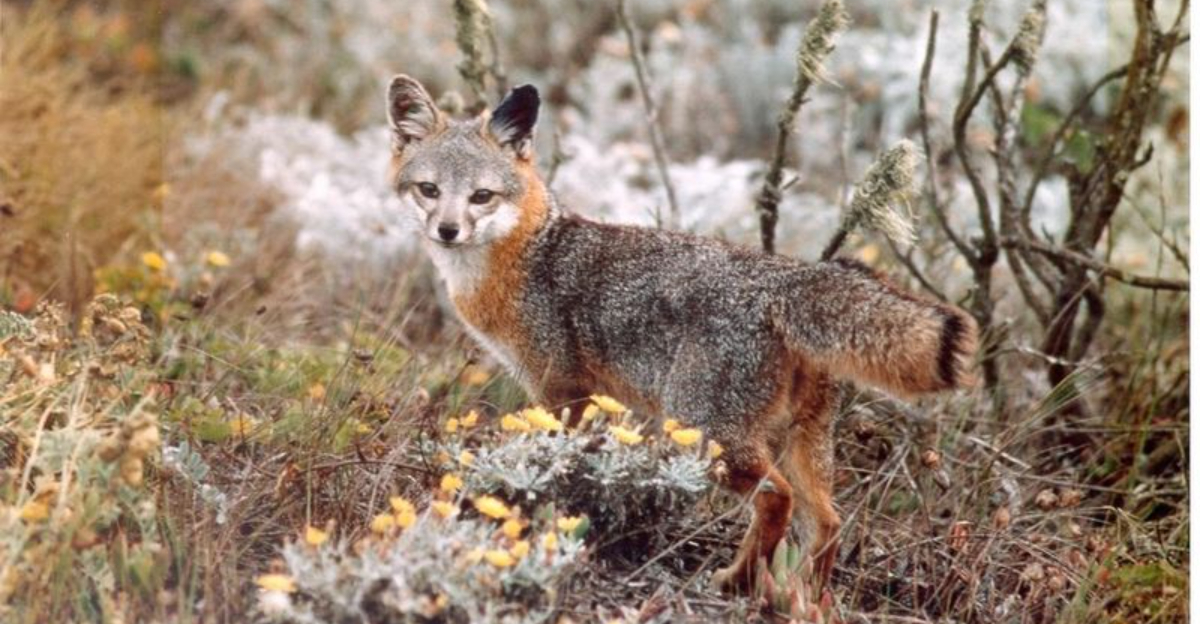California isn’t just beaches and Hollywood – it’s a wildlife lover’s paradise! The state is home to everything from playful marine mammals along the coast to majestic bears roaming the mountains.
With such a diverse range of animals, California offers endless opportunities to observe creatures in their natural habitats.
These stunning landscapes provide the ideal scene for unforgettable wildlife experiences, so get ready to discover the top spots to witness California’s amazing animals up close!
1. Monterey Bay’s Ocean Extravaganza
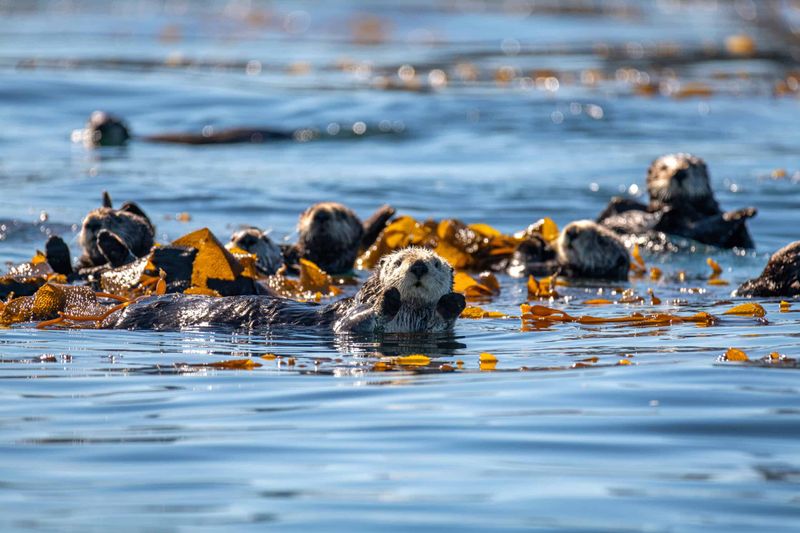
Sea otters float in kelp forests, cracking open shellfish on their bellies with skillful ease! I still remember gasping the first time I spotted these adorable creatures during a kayaking trip here. The bay serves as a marine sanctuary where wildlife thrives year-round.
From July through November, humpback whales put on a breathtaking show, breaching the ocean’s surface, while playful dolphins race alongside boats in pods of dozens. Harbor seals and sea lions lounge on rocky outcrops, their barks echoing across the water.
Bring binoculars to spot rare seabirds like the black-footed albatross skimming the waves. Pro tip: morning boat tours offer calmer waters and better lighting for wildlife photography.
2. Channel Islands National Park’s Untouched Wilderness
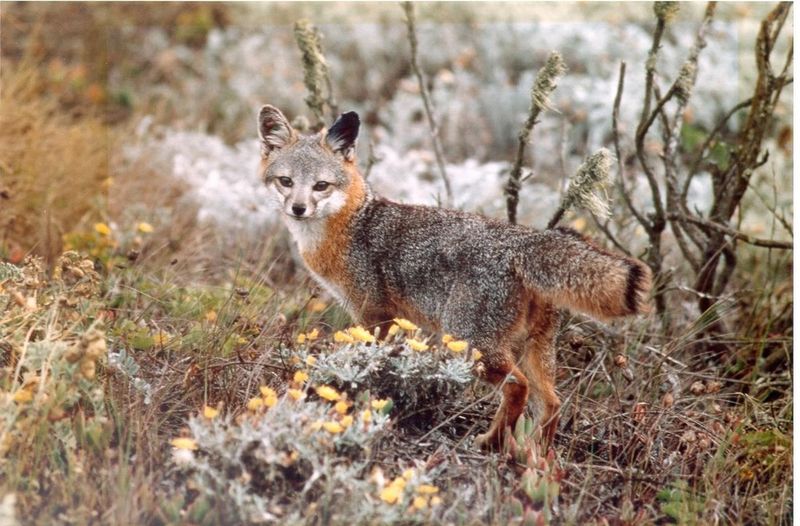
Five rugged islands sitting 12 miles off California’s coast harbor wildlife you won’t find anywhere else on Earth! The isolation has created a mini Galapagos where unique species evolved separately from mainland relatives.
Island foxes, no bigger than house cats, trot fearlessly along trails, sometimes approaching curious hikers. Thousands of sea caves dot the coastline, providing ideal breeding grounds for rare seabirds and lounging spots for harbor seals.
Blue whales – the largest creatures ever to exist – feed in the nutrient-rich waters surrounding these islands during summer months. Getting here requires a boat ride, but the dolphin escorts you’ll likely encounter make the journey as memorable as the destination.
3. Yosemite National Park’s Mountain Kingdom
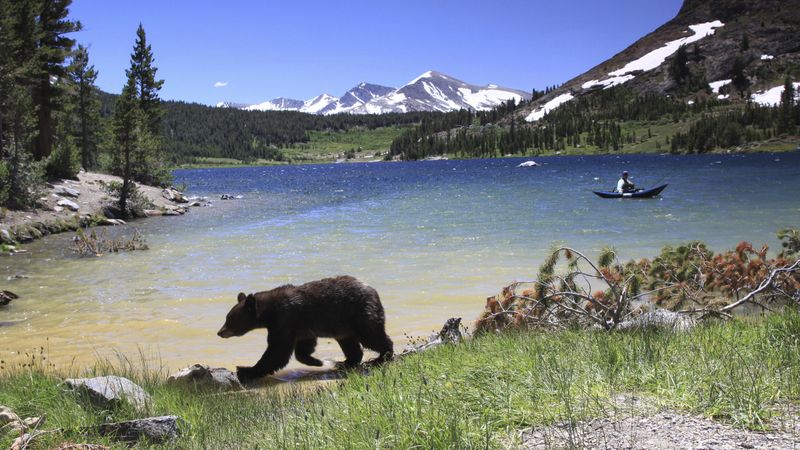
Black bears wander through meadows while bald eagles soar overhead in this granite wonderland! Yosemite Valley offers a concentration of wildlife viewing opportunities in an easily accessible area, perfect for even novice naturalists to enjoy.
Dawn and dusk transform Yosemite’s meadows into wildlife theaters. Mule deer graze cautiously while coyotes trot along forest edges. Lucky visitors might spot the elusive Sierra Nevada red fox, one of North America’s rarest mammals.
I once spent three hours watching a mother bear teach her cubs to fish in the Merced River – a memory I’ll cherish forever. The park’s free ranger programs often include guided wildlife walks that dramatically increase your chances of spotting Yosemite’s more secretive residents.
4. Sequoia National Park’s Ancient Forest Community
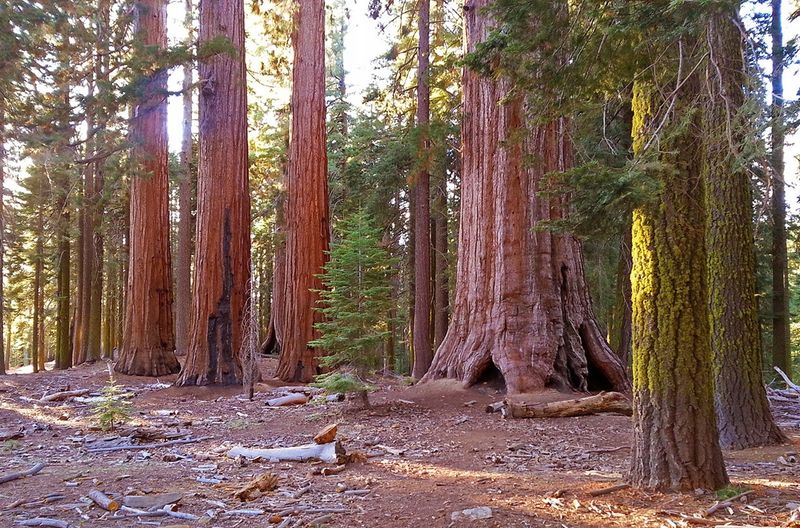
Massive trees shelter equally impressive wildlife in this high-elevation sanctuary! Sequoia’s varying elevations create multiple ecosystems where different species thrive, from valley floor to alpine peaks.
Mountain lions stalk these forests, though they’re rarely seen by human visitors. More commonly spotted are black bears, which have learned to strip bark from fallen logs to access tasty insects. Marmots whistle warnings from rocky outcrops while bobcats silently hunt in shadowy groves.
The Giant Forest area offers the best combination of easy trails and wildlife viewing opportunities. Visit in May when newborn animals make their first appearances and predators become more active hunting for food to feed their young.
5. Anza-Borrego Desert State Park’s Surprising Oasis

Bighorn sheep leap across impossible cliffs in California’s largest state park! This desert wonderland transforms after winter rains, erupting in wildflowers that attract insects, birds, and mammals in surprising numbers.
Desert tortoises slowly make their way across sandy washes, while roadrunners zip between cacti, hunting for lizards. But the real stars are the desert bighorn sheep, emerging from their mountain hideaways to drink at the rare water sources.
Last March, I watched in awe as a family of kit foxes played outside their den at sunset – their oversized ears glowing pink in the fading light. Palm Canyon Trail offers reliable wildlife sightings near water sources, especially during early morning hours when temperatures remain cool.
6. Morro Bay National Estuary’s Wetland Wonders
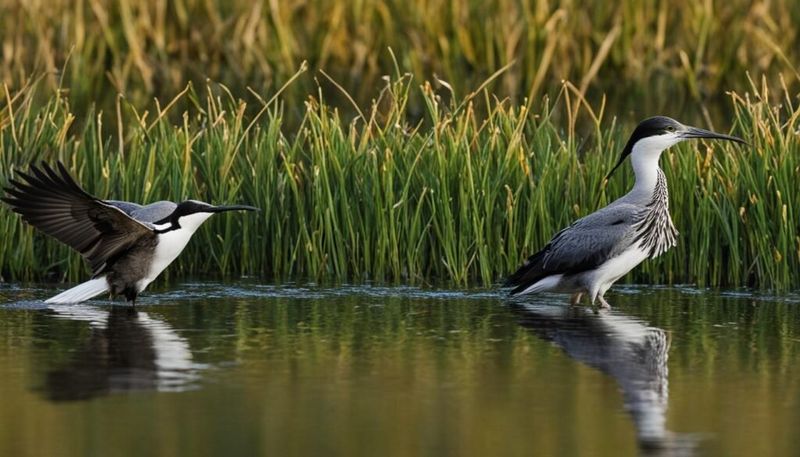
Thousands of migratory birds fill this coastal wetland with color and sound! The iconic Morro Rock serves as backdrop to one of California’s most productive ecosystems where saltwater and freshwater mix to create nutrient-rich feeding grounds.
Sea otters wrap themselves in eelgrass while floating on their backs, using stones to crack open shellfish. Brown pelicans dive-bomb into shallow waters while elegant herons stalk the mudflats with prehistoric precision.
Kayaking provides the most intimate wildlife experience here – I once had a curious harbor seal follow my boat for nearly an hour! Winter brings the greatest bird diversity, when Arctic migrants join resident species, creating a birdwatcher’s paradise of over 200 observable species.
7. Point Reyes National Seashore’s Wild Peninsula
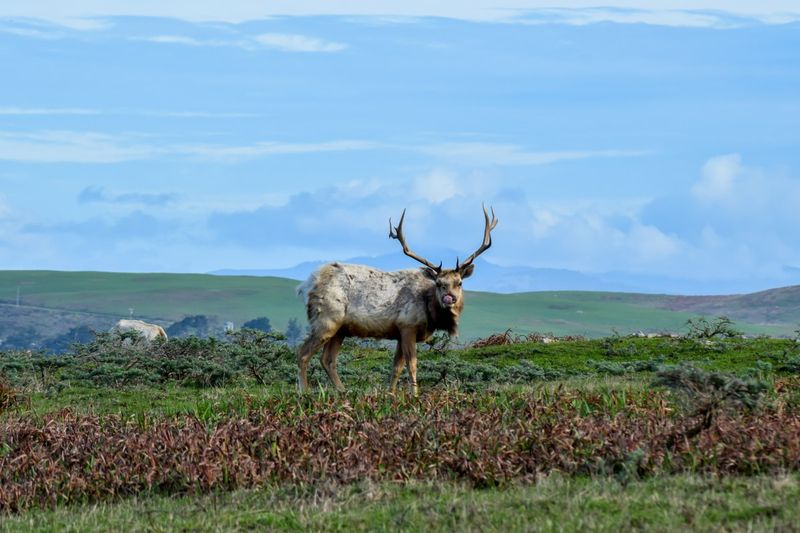
Tule elk herds graze on windswept grasslands, while gray whales migrate past dramatic, rugged cliffs! This coastal wilderness extends into the Pacific Ocean, creating diverse habitats from forests to beaches where wildlife thrives without urban pressure.
The Tule Elk Reserve on Tomales Point concentrates these majestic creatures that were once nearly extinct. During fall rutting season, bull elks battle dramatically for mating rights, their haunting bugling calls echoing across the peninsula.
Elephant seals establish massive breeding colonies on remote beaches from December through March. Their unique vocalizations and dramatic battles between 5,000-pound males create natural spectacles few visitors forget. The Earthquake Trail offers reliable bobcat sightings among its mixed woodlands.
8. Santa Catalina Island’s Mediterranean Magic
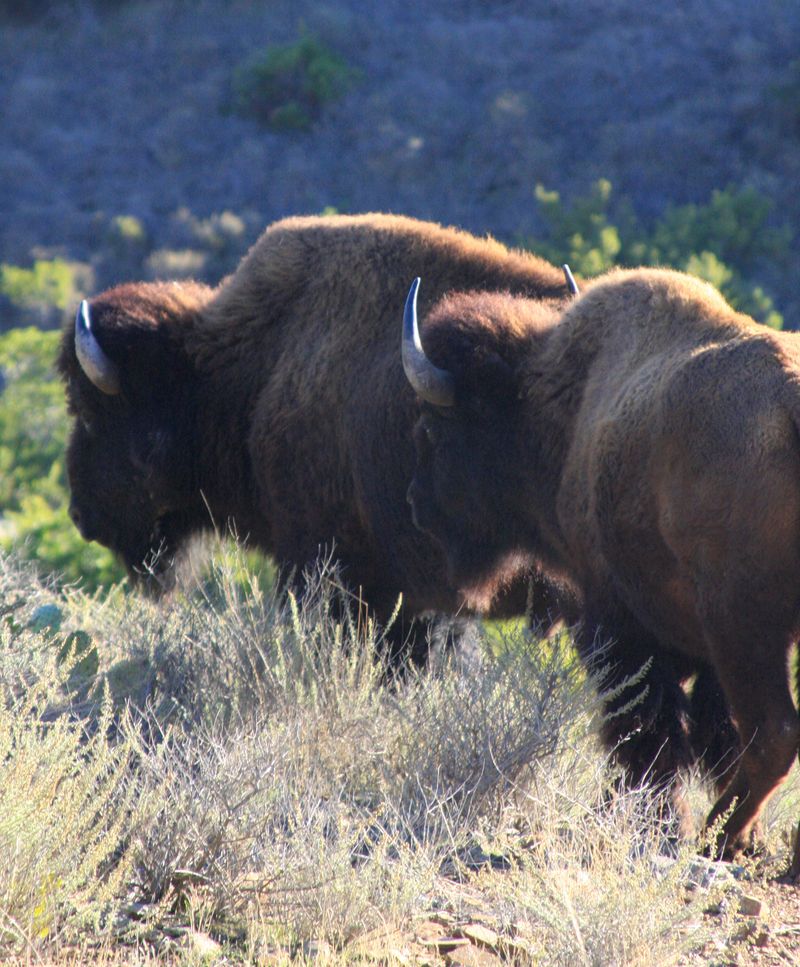
Bison roam this island paradise just 22 miles from Los Angeles! Originally brought for a 1924 movie shoot, these unexpected residents now share the island with rare foxes found nowhere else on Earth.
Catalina Island foxes, about the size of housecats, have evolved into a unique species. They’re so used to people now, you might even catch them strolling through the streets of Avalon. The clear waters surrounding the island teem with bright orange garibaldi fish, California’s state marine fish.
Bald eagles have been successfully reintroduced after DDT nearly wiped them out. The Wrigley Memorial & Botanic Garden attracts hummingbirds and songbirds in spectacular numbers. My favorite memory? Watching flying fish glide alongside our ferry during a spectacular sunset crossing.
